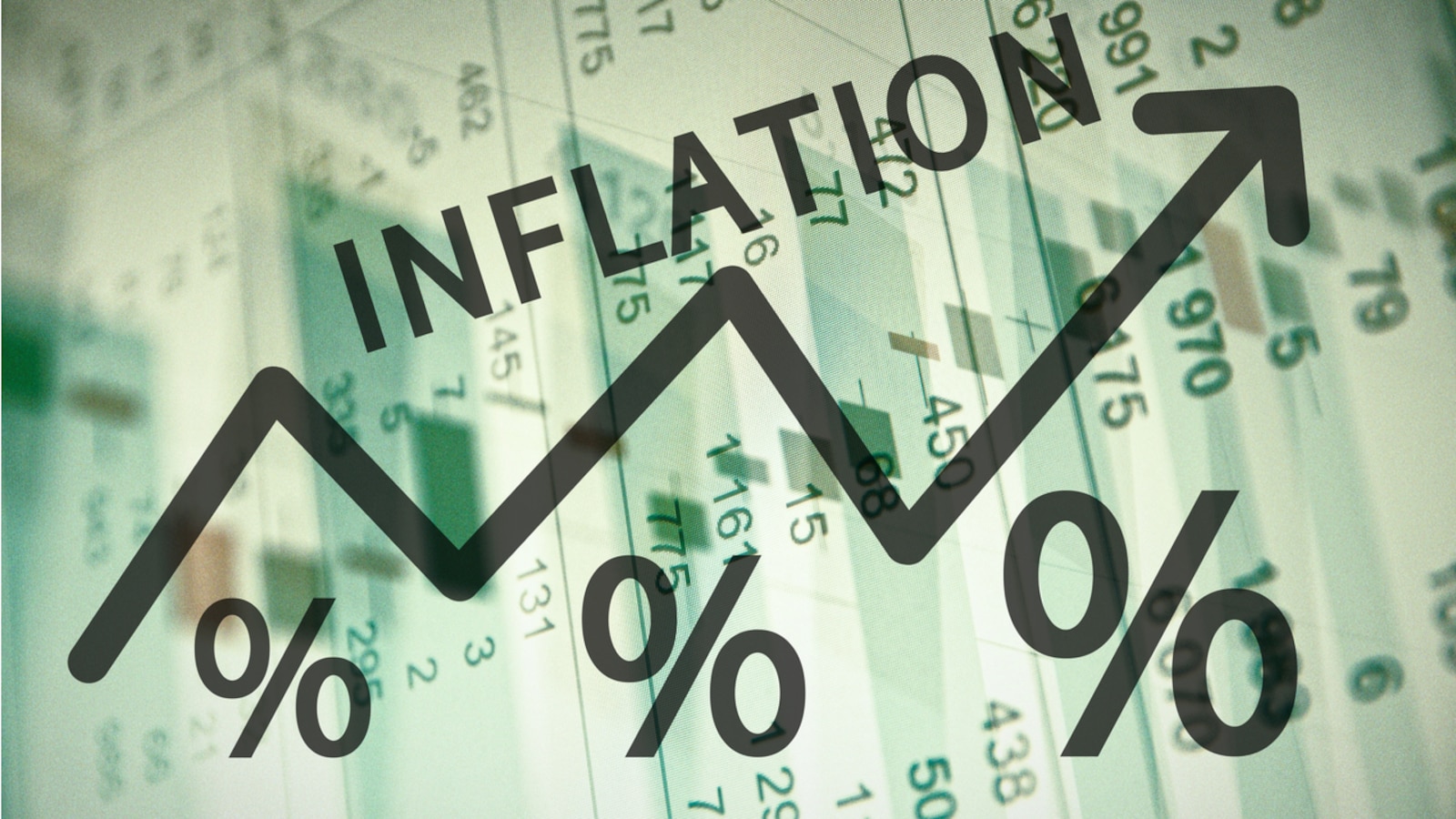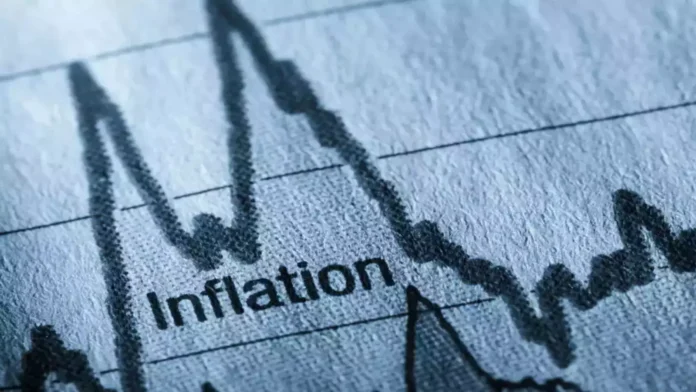Wages And Inflation are two economic indicators that shape the financial well-being of individuals and families. Between 2017 and 2024, nominal wages in India grew by 17%, increasing from ₹18,000 to ₹21,000. However, this growth pales in comparison to the 51% surge in inflation, measured by the Consumer Price Index (CPI), which jumped from 130 to 196.5. This disparity has widened the wealth gap and exacerbated financial hardships for the average worker, raising questions about the sustainability of current economic policies.
The Reality Behind Wage Growth
On the surface, a 17% rise in wages may seem like progress. For many workers, this nominal increase might appear to signal better economic opportunities and higher earning potential. However, when adjusted for inflation, the picture is starkly different. Real wages—the purchasing power of income after accounting for inflation—have effectively decreased. What ₹18,000 could buy in 2017 now requires more than ₹21,000, rendering the nominal growth almost meaningless.
This phenomenon is often referred to as the money illusion, where individuals perceive themselves as wealthier due to higher nominal income but fail to account for the reduced value of money. The result is a financial landscape where rising wages fail to keep up with the escalating cost of living.

The Role Of Inflation In Widening The Wealth Gap
Inflation, often dubbed the “silent thief,” erodes the purchasing power of money over time. Between 2017 and 2024, the 51% increase in CPI reflects a significant rise in the prices of essential goods and services. For wage earners, this translates to higher expenses for food, housing, healthcare, and education, leaving little room for savings or investments.
The impact of inflation is particularly harsh on middle- and lower-income groups, who spend a larger proportion of their earnings on necessities. In contrast, asset holders—those who own real estate, stocks, or other investments—often benefit from inflation as the value of their assets appreciates. This divergence has contributed to a growing wealth gap, where the rich become richer while the average worker struggles to make ends meet.
Historical Trends In Wage And Inflation Dynamics
The disconnect between wage growth and inflation is not a new phenomenon. Historically, periods of high inflation have often outpaced wage increases, creating economic disparities. In the 1970s, for instance, many countries experienced stagflation, a period of stagnant economic growth coupled with high inflation, which disproportionately impacted wage earners.
In India, similar trends have been observed during economic downturns or periods of rapid inflation. Despite efforts to control inflation through monetary policy, the lag in wage adjustments often leaves workers at a disadvantage. The current scenario is a continuation of this historical trend, exacerbated by global economic uncertainties and domestic challenges.
The Psychological Impact Of Wage Stagnation
The financial strain caused by wage stagnation and rising inflation extends beyond economic metrics. For workers, the inability to keep up with the cost of living creates a sense of frustration and helplessness. This psychological burden can lead to decreased productivity, higher stress levels, and a diminished quality of life.
The widening wealth gap also fosters social discontent, as the disparity between the lifestyles of the wealthy and the working class becomes more apparent. This inequality has far-reaching implications, including reduced social mobility and increased political polarization.
Strategies To Address Wage And Inflation Disparities
- Policy Interventions To Control Inflation
Effective monetary policies are crucial to curbing inflation and stabilizing the economy. Central banks must strike a balance between controlling inflation and fostering economic growth to ensure that wage earners are not disproportionately affected. - Indexing Wages To Inflation
Linking wages to inflation through mechanisms like cost-of-living adjustments (COLAs) can help ensure that workers’ earnings keep pace with rising prices. This approach has been successfully implemented in various countries to protect wage earners from the adverse effects of inflation. - Promoting Skill Development And High-Paying Jobs
Investing in education and skill development can help workers transition to higher-paying jobs, reducing their vulnerability to inflation. Policies that encourage job creation in sectors with high growth potential, such as technology and renewable energy, can also contribute to wage growth. - Tax Reforms To Reduce Inequality
Progressive taxation and targeted subsidies can help redistribute wealth and alleviate the financial burden on lower-income groups. Governments can use tax revenues to fund social programs that address basic needs, such as healthcare and housing.
Lessons From Global Economies
Countries like Germany and Switzerland have managed to maintain a relatively low inflation rate while ensuring steady wage growth. Their success can be attributed to robust monetary policies, strong labor unions, and a focus on high-value industries. India can draw lessons from these economies to implement strategies that balance wage growth with inflation control.
The Road Ahead For Wage Earners
As inflation continues to rise, wage earners face an uphill battle to maintain their standard of living. The disconnect between wages and inflation underscores the need for systemic changes to address economic disparities. By prioritizing policies that protect workers and promote equitable growth, India can create a more inclusive economy where the benefits of progress are shared by all.
The story of wages and inflation is not just about numbers; it is about the lives of millions of people striving to build a better future for themselves and their families. Bridging the gap between wage growth and inflation is not only an economic imperative but also a moral one, ensuring that every worker has the opportunity to thrive in a fair and just society.

